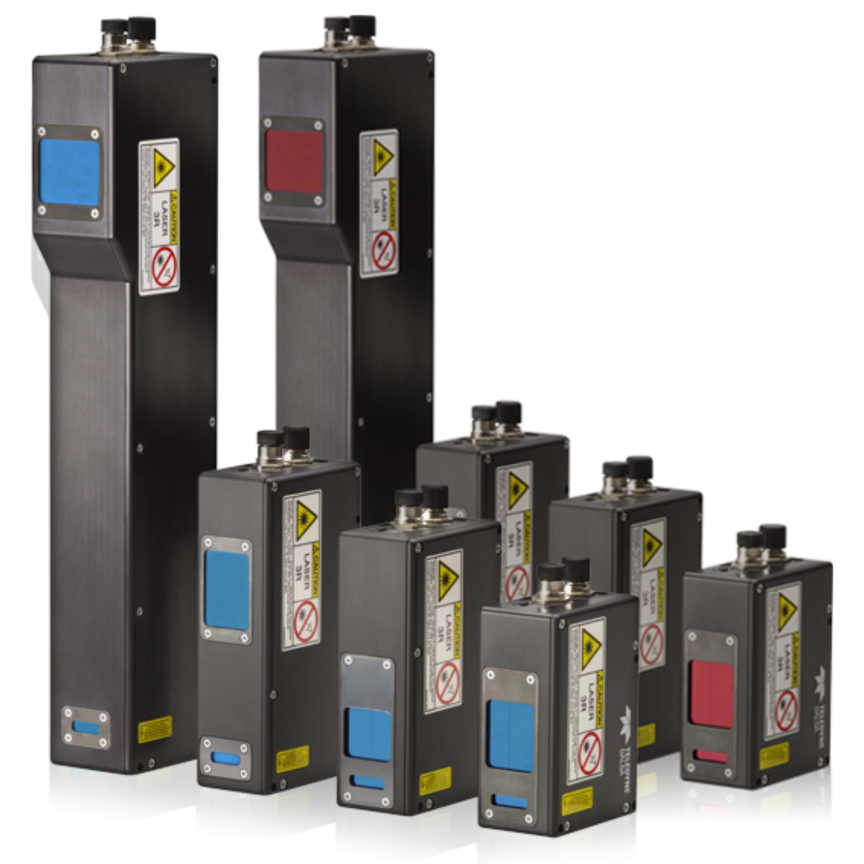ANDANTA's new low-resolution InGaAs matrix sensor FPA64x64-C announced in autumn 2020 has now been launched on the market. The uncooled sensor has a spatial resolution of 64 x 64 pixels with a pixel size of 40 µm, which leads to an active sensor area of 2.56 x 2.56 mm. The usable spectral range reaches from 900 nm to 1.7 µm. A 32-pin ceramic LCC design was chosen as package for the sensor. Pricing and test samples are available.
We are developing also another low-resolution InGaAs 128 x 128 sensor (a medium grade QVGA FPA320x256-C sensor with a free area of 128 x 128 pixels with failure pixel cluster(s) of ≥ 20 not allowed).
Additionally, our VIS-InGaAs sensors, with extended spectral range into the visible range, are under development and will also be available soon. They will include QVGA sensors (FPA320x256-C-VIS uncooled, FPA320x256-K-VIS 1-stage cooled) as well as VGA sensors (FPA640x512_P15-C-VIS uncooled, FPA640x512_P15-TE1-VIS 1-stage cooled).
The preliminary data sheet of the uncooled QVGA sensor FPA320x256-C-VIS is already available, whereas the other ones are still in preparation. Test samples are currently available for both QVGA-VIS and VGA-VIS uncooled versions, samples of the cooled versions will follow shortly.
With these new developments ANDANTA hopes to be able to open up new fields of application in near-infrared image recording to its customers, specialized camera manufacturers, especially in spectroscopy, material sorting, agriculture, security technology, leisure industry, medicine and biology.

